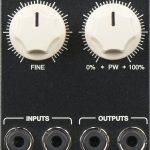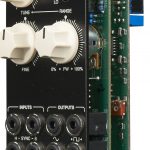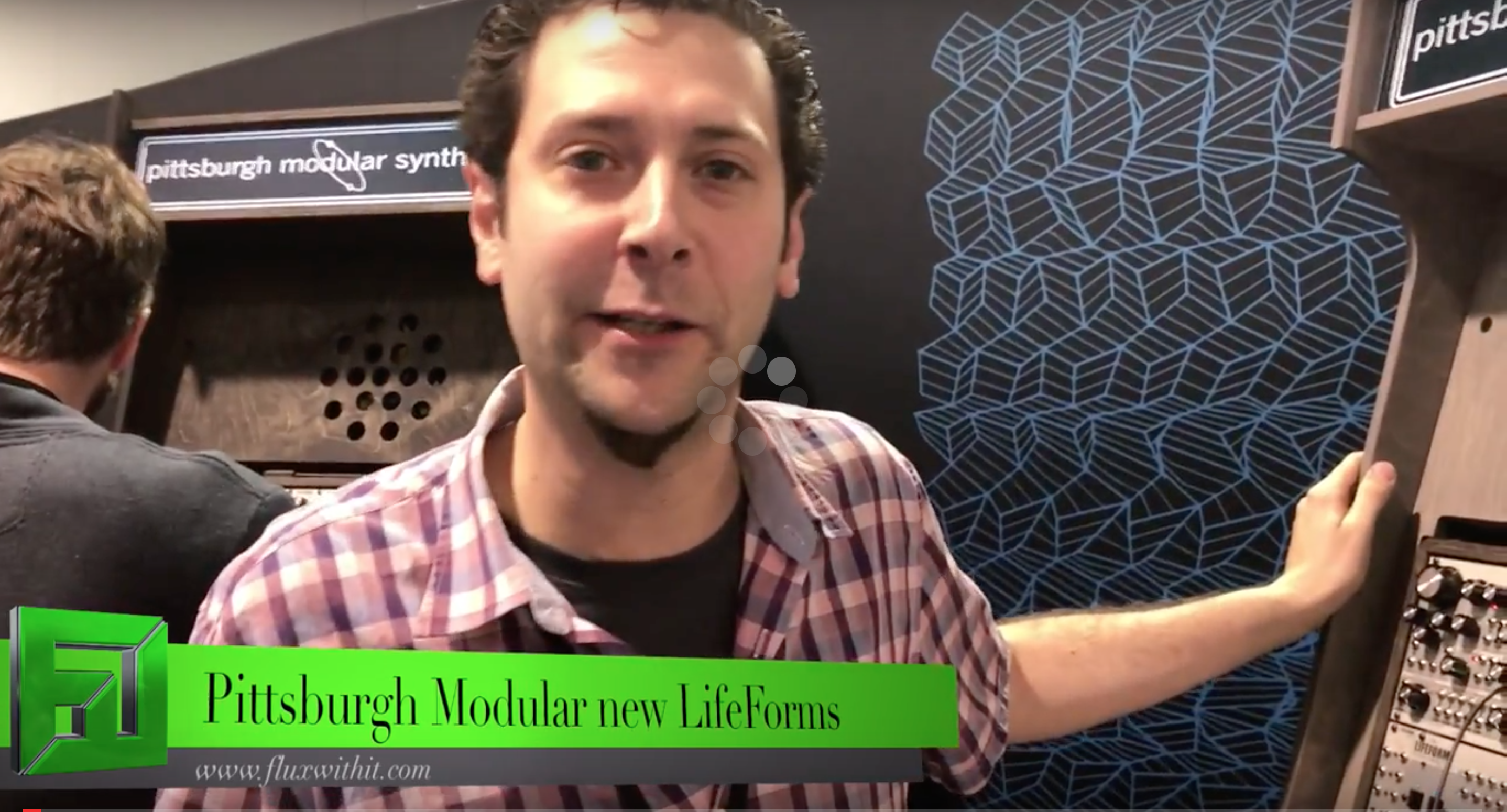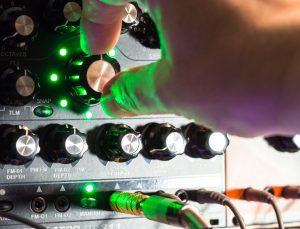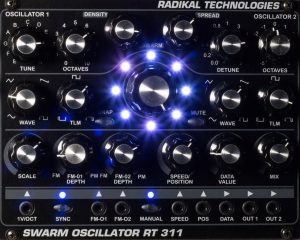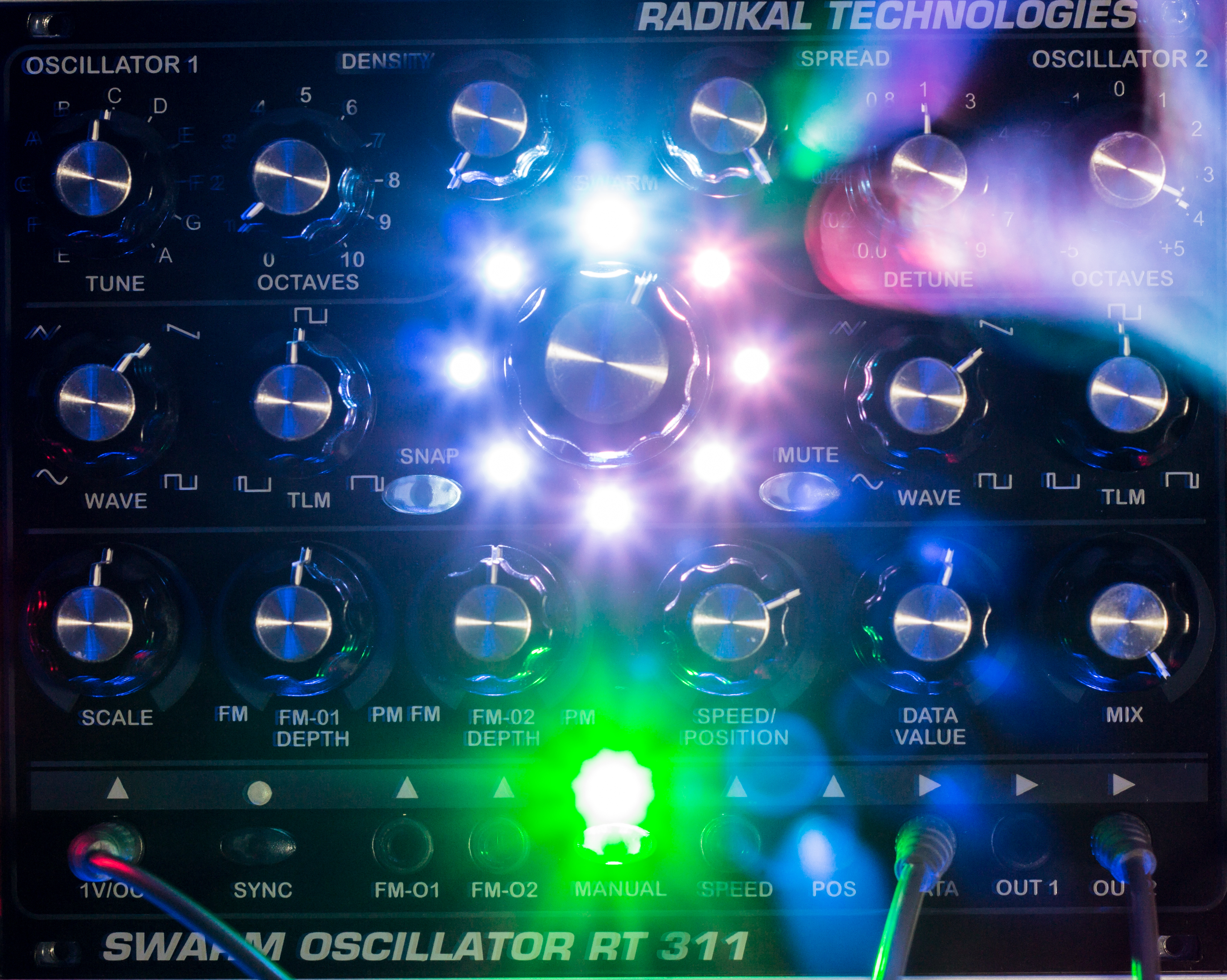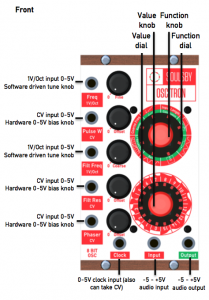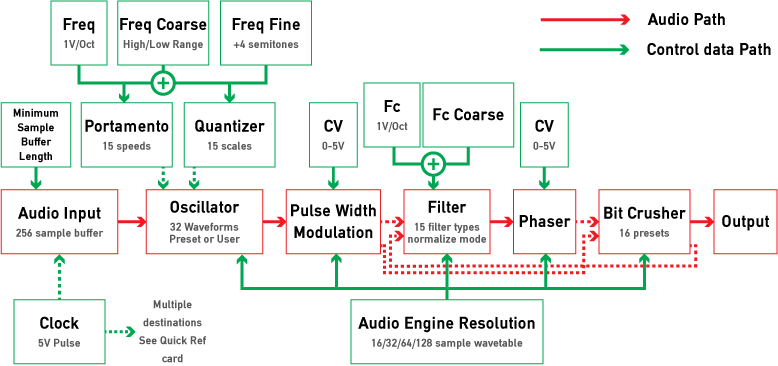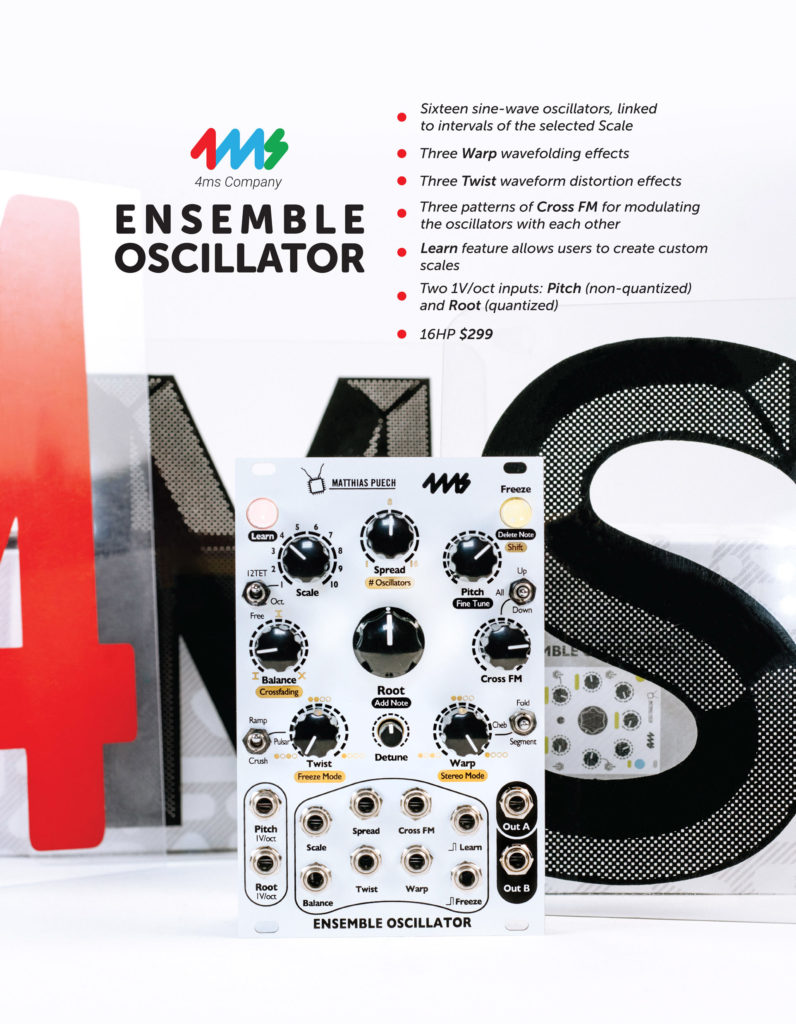
A new Oscillator from 4ms seems ready to hit the streets with a ship date of May 18th.
The oscillator is the latest in a string of powerful oscillators from the Modular synth company that brought us the spectral wavetable navigator.
here is what their site has to say about it.
“The Ensemble Oscillator is a unified polyphonic voice of sixteen complex oscillators combining additive, FM, phase-distortion and wavefolding synthesis techniques in new unorthodox ways. By quantizing the oscillators to scales or series of harmonics, the Ensemble Oscillator allows you to explore the sonic boundary between musical chords and rich evolving textures. Easily create a wide variety of sounds ranging from aggregates of pure sine waves to pulsar synthesis or pristine harmonic tones and lush wide chords to rich dirty drones and rumbling glitches. Custom scales can quickly be “learned” and saved using a CV keyboard or by manually entering notes with the controls.
Features
- 16 sine-based oscillators bound to intervals of a selected Scale
- 30 factory-programmed, user-writeable scales organized in three groups:
- 12TET: all notes quantized to equal temperament, repeating over octaves
- Octave: unquantized notes, repeating over octaves
- Free: unquantized notes, repeating over the interval between the lowest and highest note
- A simple method to program (“Learn”) your own scales manually or with a CV/Gate keyboard
- Three Twist phase distortion effects
- Three Warp wave distortion effects
- Three algorithms of Cross FM for modulating the oscillators with each other
- Mono or stereo output with selectable panning algorithm
- Freeze button and jack to freeze the frequency of some of the oscillators, with selectable algorithm
- Two 1V/oct inputs: Pitch (non-quantized), and Root (quantized)
- High-accuracy, temperature-stable, eight octave range (-2V to +6V), can be calibrated to any keyboard
- Six bi-polar CV inputs (-5V to +5V)
- Two gate inputs for automated Learning and Freezing
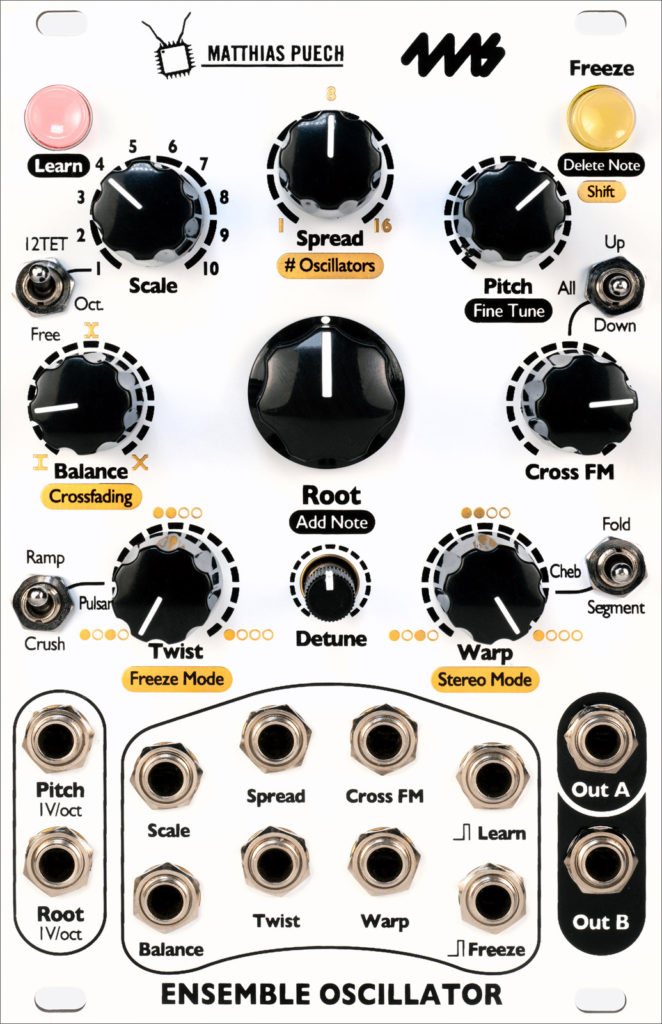
The Ensemble Oscillator is designed by Matthias Puech and 4ms Company”
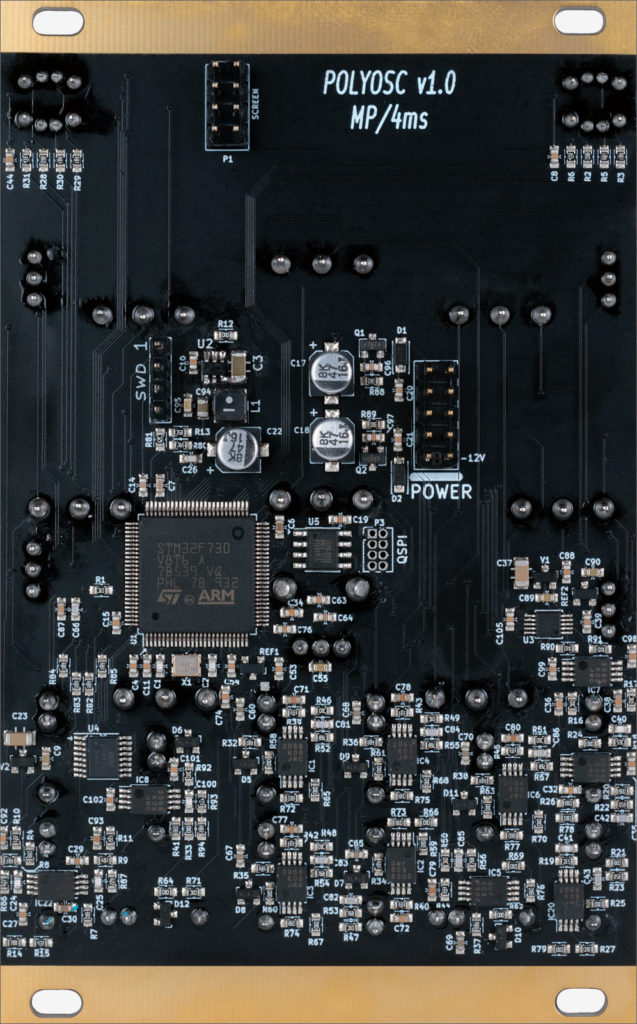
The price point is $299
Electrical and Mechanical Specifications
- 16HP Eurorack format module
- 0.98” (25mm) maximum depth (including power cable)
- 10-pin to 16-pin Eurorack power header
- Power consumption
- +12V: 114mA maximum
- -12V: 45mA maximum
- +5V: 0mA (not used)
- Audio outputs
- Frequency range: 0Hz (DC) – 20kHz
- Typical amplitude: 10Vpp
- Maximum amplitude: 18.5Vpp
- 1V/oct inputs (Root and Pitch)
- Voltage range: -2V to +6V (8 octave range)
- Factory calibrated to 1.00V/oct
- Per-jack user-calibration allows from 0.7V/oct to 1.3V/oct
- CV inputs (other than 1V/oct)
- Voltage range: -5V to +5V
- Gate inputs
- Trigger threshold: 2.5V
- User memory (non-volatile)
- Scale slots: 30
- Shift feature settings
- 1V/oct calibration settings


